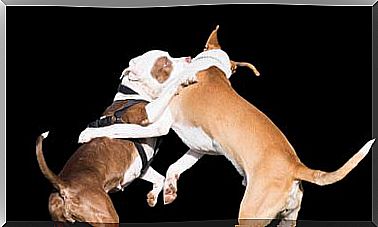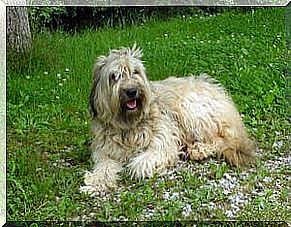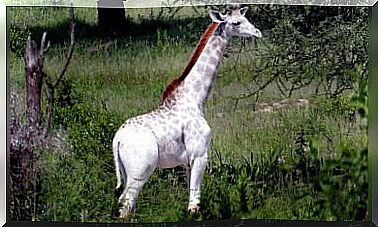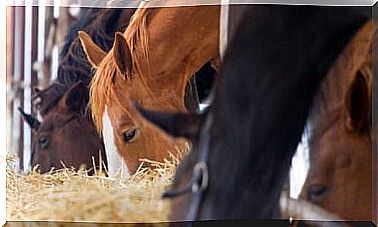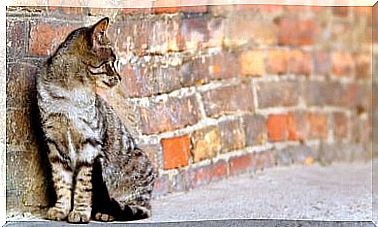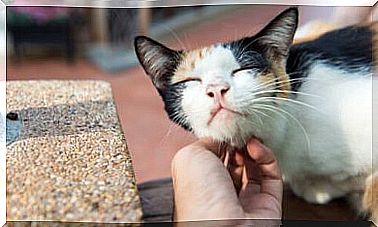5 Animals That Live In The River Nile
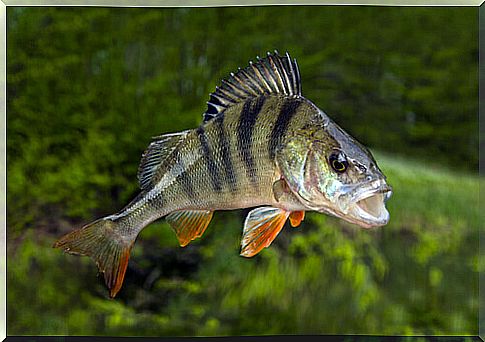
It is one of the most important freshwater reserves on the planet, which irrigates no less than 10 East African countries. Throughout its more than 6,800 kilometers of extension, it is home to thousands of species. In this article we inform you about some animals that live in the Nile River.
Animals that live in the Nile River: what are they?
Between the Mediterranean Sea and Lake Victoria, the longest river in the world gives life to millions of people and other living things. Related to the Egyptian civilization, and divided into different lower and upper courses, it allows the subsistence of many species. We tell you about some of the animals that live in the Nile River:
1. Perch
The Nile perch – the image that heads this article – is one of the many fish that we can find in this river – mainly when it passes through Ethiopia – and it is characterized by its large size: two meters in length and 200 kilos in weight.
It is the most invasive exotic species on the planet; Since its introduction to Lake Victoria, it has caused the disappearance of 200 native fish. A documentary film has even been made about this problem called Darwin’s Nightmare , which narrates the before and after the arrival of the perch to the Nile and its tributaries.
2. Crocodile
It is the most ‘famous’ inhabitant of the basin, but it is not present in the entire course of the river: due to the construction of a dam in the city of Aswan (Egypt), it is only located south of the riverbed. The Nile crocodile is one of the three species that inhabit Africa and can reach six meters in length.
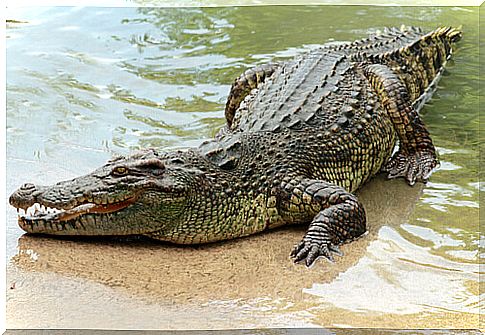
The color of its body – covered with scales – is bright or dark olive green and pale yellow on the belly. Spend your days between the river water and the sand on the shore. It feeds on those animals that come to drink: it drags them and drowns them. Since it does not chew, the crocodile rips chunks of meat from its prey through body twists.
3. Softshell turtle
This species of chelonium attracts attention, as its name suggests, because it has a soft shell. It is one of the animals that live in the Nile, but its habitat extends to the Middle East, Turkey and a large part of Africa, especially in lakes, rivers and freshwater lagoons. In exceptional cases it can inhabit the coasts and brackish waters. It spends most of its time submerged and rises to the surface to sunbathe.
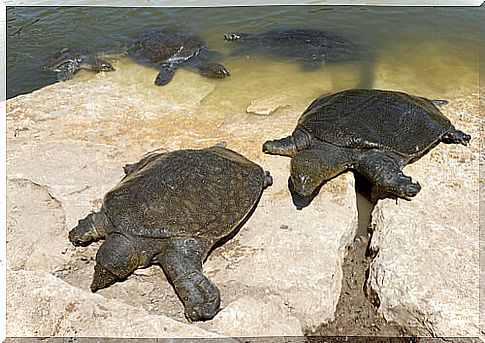
The Nile tortoise is in danger of extinction, it measures almost a meter in length, weighs about 40 kilos – the males are smaller than the females, although its tail is longer and more robust – and its body is brown and shaped oval. It feeds on amphibians, fish, crustaceans, plants, and seeds. Females lay up to 100 eggs each season.
4. Tsetse fly
The glossina are a genus of insects from Africa that feed on blood (hematophages) and are popularly called tsetse flies. They are responsible for transmitting various diseases, including malaria in people.
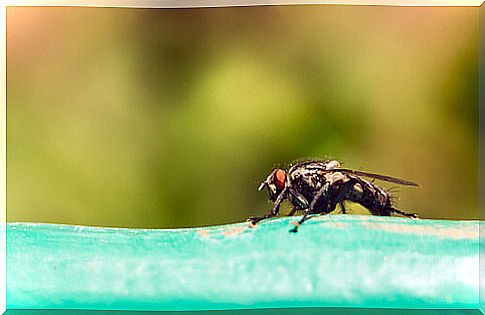
Regarding its body, it is quite similar to that of the common fly, although it presents some variables that are easy to distinguish: it folds its wings completely when it is at rest and it has a trunk that ‘comes out’ from the lower part of the head.
5. Hippo
This large herbivorous mammal is another of the animals that live in the Nile River, as well as throughout sub-Saharan Africa. It remains most of its life in fresh water and forms groups of up to 100 members led by more than territorial males (the same does not happen when they are on land).
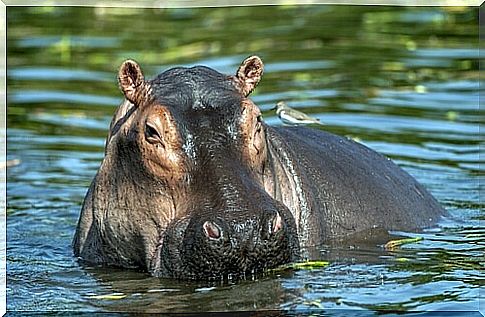
The Nile hippopotamus is the third largest land animal – behind the elephant and the rhinoceros – and weighs up to three tons. Although its body is quite robust, it can run at high speeds for short distances.
